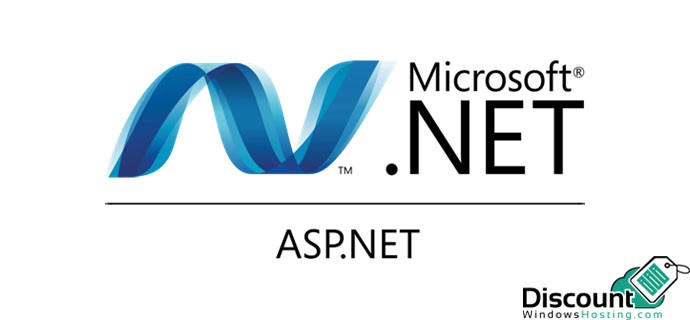To enable safe and easy online payments on your website, you must integrate an online payment gateway into your ASP.NET application using ADO.NET. You will be guided through the process of configuring, integrating, and managing payment gateway answers by this tutorial.
Step 1. Set up Payment Gateway account
Before you can integrate a payment gateway, you need to register with the payment gateway provider. Here’s how you can do it:
Register with the Payment Gateway Provider
- Choose a Payment Gateway Provider: Research and choose a reliable payment gateway provider that suits your business needs. Popular options include PayPal, Stripe, Razorpay, etc.
- Sign Up for an Account
- Visit the provider’s website and sign up for a merchant account.
- Fill in the required details such as business information, contact details, and banking information.
- Complete the Verification Process
- The provider may require you to verify your identity and business details. This usually involves submitting documents like a business license, tax identification number, and proof of identity.
- Obtain API Credentials
- Once your account is approved, you will receive the necessary API credentials such as Merchant ID, Access Code, and Secret Key. These credentials are essential for integrating the payment gateway with your website.
Step 2. Create a Payment Form
Create an HTML form to collect payment details from the user and submit them to the payment gateway. Below is a sample payment form:
Step 3. Redirect to Payment Gateway
When the form is submitted, it redirects to the payment gateway’s URL to process the payment.
Step 4. Handle Payment Response
After the payment is processed, the payment gateway redirects the user back to your website with the payment status. You need to handle this response and update your database accordingly.
Create a Handler for Payment Response
Create a new ASP.NET page (e.g., PaymentResponse.aspx) to handle the response.
Step 5. Update your database
Based on the payment status received, update your database to reflect the payment outcome.
Important Considerations
- Security: Ensure all data transmitted between your website and the payment gateway is encrypted using HTTPS.
- Validation: Validate all responses from the payment gateway, including checking signatures or hashes to ensure data integrity.
- Error Handling: Implement robust error handling to manage different payment statuses like success, failure, and pending.
- Testing: Test the integration thoroughly in a sandbox environment provided by the payment gateway before going live.
By following these steps, you can successfully integrate a payment gateway into your ASP.NET application, providing a secure and reliable payment experience for your users.
Best and Most Recommended ASP.NET Core 8.0.4 Hosting
Fortunately, there are a number of dependable and recommended web hosts available that can help you gain control of your website’s performance and improve your ASP.NET Core 8.0.4 web ranking. HostForLIFEASP.NET is highly recommended. In Europe, HostForLIFEASP.NET is the most popular option for first-time web hosts searching for an affordable plan.
Their standard price begins at only € 3.49 per month. Customers are permitted to choose quarterly and annual plans based on their preferences. HostForLIFEASP.NET guarantees “No Hidden Fees” and an industry-leading ’30 Days Cash Back’ policy. Customers who terminate their service within the first thirty days are eligible for a full refund.
By providing reseller hosting accounts, HostForLIFEASP.NET also gives its consumers the chance to generate income. You can purchase their reseller hosting account, host an unlimited number of websites on it, and even sell some of your hosting space to others. This is one of the most effective methods for making money online. They will take care of all your customers’ hosting needs, so you do not need to fret about hosting-related matters.




